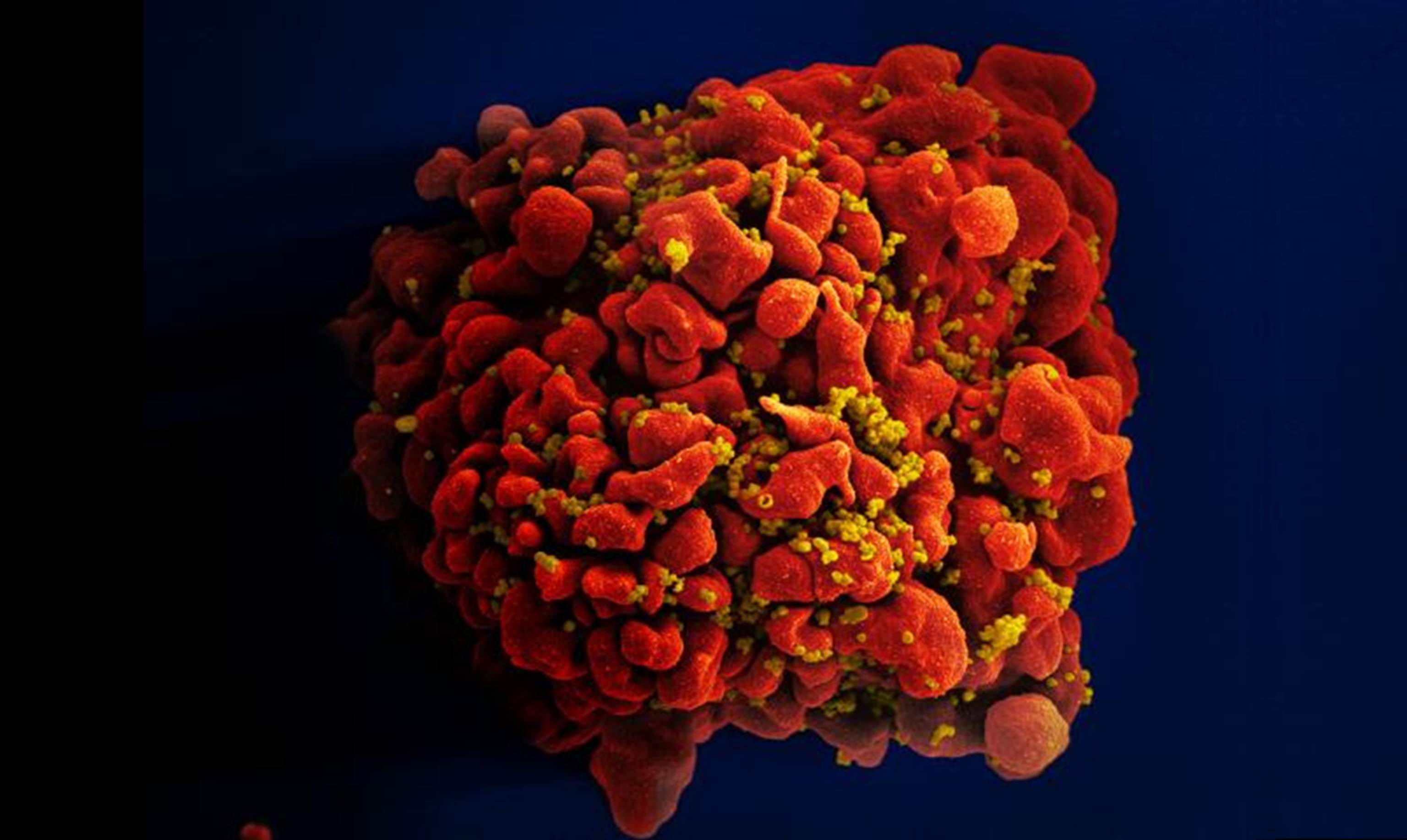AIDS – Page 2 – NIH Director's Blog (original) (raw)
Creative Minds: Teaming Math and Science for an HIV Cure
Posted on July 23rd, 2015 by Dr. Francis Collins
Alison Hill
You may have heard about young mathematicians who’ve helped to design cooler cars, smarter phones, and even more successful sports teams. But do you know about the young mathematician who is helping to find a cure for the estimated 35 million people worldwide infected with the human immunodeficiency virus (HIV)? If not, I’d like to introduce you to Alison Hill, a mathematical biologist at Harvard University, Cambridge, MA.
Recognized this year by Forbes Magazine’s 30 Under 30 as one of the most important young innovators in healthcare, Hill is teaming with clinicians to develop sophisticated mathematical tools to predict which experimental drugs might work to clear HIV from the body once and for all. While current treatments are able to reduce some patients’ HIV burden to very low or even undetectable levels, it is eradication of this viral reservoir that stands between such people living with a serious, but controllable chronic disease and actually being cured.
Tags: AIDS, antiretroviral drugs, combination therapy, HIV, HIV cure, HIV latency-reversing drugs, human immunodeficiency virus, immunology, latent infection, mathematical biology, mathematics, NIH Early Independence Award, virology
Vaccine Research: New Tactics for Tackling HIV
Posted on June 30th, 2015 by Dr. Francis Collins
Caption: Scanning electron micrograph of an HIV-infected immune cell.
Credit: National Institute of Allergy and Infectious Diseases, NIH
For many of the viruses that make people sick—think measles, smallpox, or polio—vaccines that deliver weakened or killed virus encourage the immune system to produce antibodies that afford near complete protection in the event of an exposure. But that simple and straightforward approach doesn’t work in the case of human immunodeficiency virus (HIV), the virus that causes AIDS. In part, that’s because our immune system is poorly equipped to recognize HIV and mount an attack against the infection. To make matters worse, HIV has a habit of quickly mutating as it multiplies.That means, in order for an HIV vaccine to be effective, it must induce antibodies capable of fighting against a wide range of HIV strains. For all these reasons, the three decades of effort to develop an HIV vaccine have turned out to be enormously challenging and frustrating.
But now I’m pleased to report that NIH-funded scientists have taken some encouraging strides down this path. In two papers published in Science [1, 2] and one in Cell [3], researchers presented results of animal studies that support what most vaccine experts have come to suspect: the immune system is in fact capable of producing the kind of antibodies that should be protective against HIV, but it takes more than one step to get there. In effect, a successful vaccine strategy has to “take the immune system to school,” and it requires more than one lesson to pass the final exam. Specifically, what’s needed seems to be a series of shots—each consisting of a different engineered protein designed to push the immune system, step by step, toward the production of protective antibodies that will work against virtually all HIV strains.
Tags: AIDS, antibodies, B cells, bnAbs, broadly neutralizing antibodies, eOD-GT8 60mer, HIV, HIV envelope, HIV infection, HIV vaccine, immune response, immune system, nanoparticle, protein engineering, vaccines, virus

